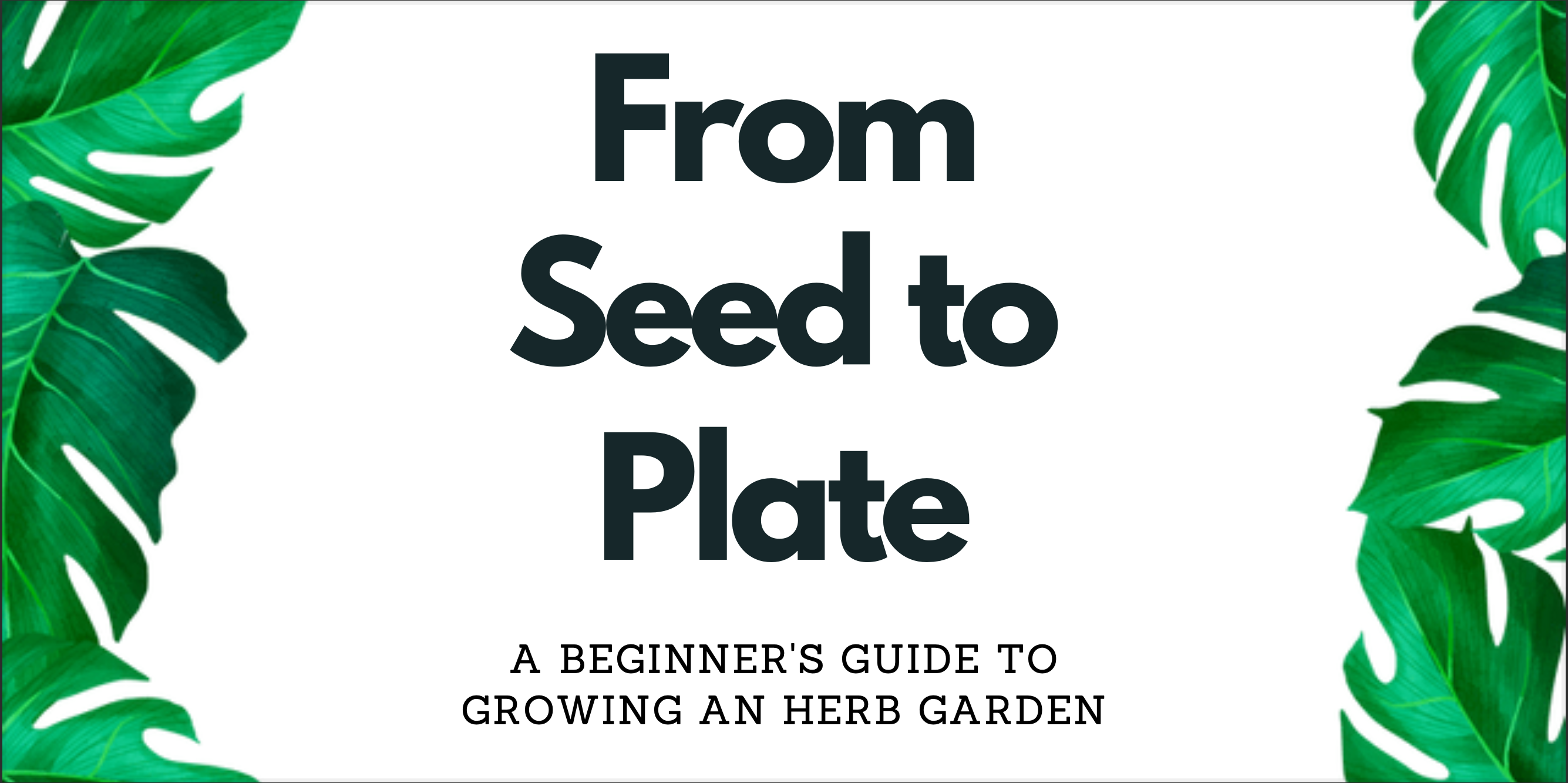
From Seed to Plate: A Beginner’s Guide to Growing an Herb Garden
Herb gardens at home
Growing herb gardens at home are simple and rewarding methods of growing food! Herbs are tasty and healthy, so growing them is enjoyable. This article lets you learn how to start a home herb garden. Today, learn how to grow fresh, flavorful herbs!
Benefits of Growing Herbs In Your Own Backyard:
Herbs improve home gardens. They enhance food’s flavour and health benefits while looking and smelling great. Growing herbs in your backyard has numerous benefits.
1. Herbs lower grocery bills. Herbs grown at home are less expensive and taste better!
2. Growing herbs is a great way to spend time outside in the sun. Gardening is both relaxing and uplifting.
3. Herbs are high in nutrients that promote health. Mint aids digestion and relieves nausea, while basil contains Vitamin A and iron.
4. Experiment with herbs in the kitchen! Try new flavours to find your favourite herb-infused dishes.
5. Finally, fresh herbs have a wonderful aroma and appearance. They bring life and pollinators into any environment.
Step 1 Selecting Your Herb Garden Spot
Choose the best location for herbs for your herb garden at home. Selecting a location necessitates some thought.
- Make sure you get enough sunlight. Herbs require at least 6 hours of direct sunlight per day.
- Avoid areas that are flooded or wet. Please do so to avoid mould and mildew.
- Consider the soil in the area. Certain herbs thrive in specific soils. Sandy soils drain well, but loamy soils retain more nutrients.
- Test your soil before planting.
Step 2 Choosing Which Herbs to Grow
The following tips will assist you in selecting the best herbs for your garden based on climate, space, and requirements.
The climate influences herb selection. If you live in a cold climate, pick cold-hardy herbs. Cold-tolerant herbs include lavender, rosemary, thyme, and oregano. Warmer temperatures provide more options! Basil, cilantro, and mint enjoy hot climates.
Herb selection is also influenced by available space. For small backyards and patios, parsley, chives, and mint are excellent choices. In a more extensive garden, try growing basil or rosemary.
Finally, consider the purpose of your herb garden. Are you going to cook with it? Then, make sure to include some essential kitchen ingredients, such as thyme, basil, and oregano. Do you intend to use it to create homemade skincare products? Then think about growing some good herbs for your skin, like chamomile and lavender. Or maybe you want to look at a beautiful herb garden at home.
Step 3 Preparing the Soil and Container For Planting
Check that your herb pot has drainage holes. Fill the pot with good potting mix and water it thoroughly.
Place your pot or container in a sunny location. Herbs require six hours of sunlight per day to grow.
It’s finally time to plant your herbs! Before planting them in the prepared pot, loosen the roots. Gently firm the soil around the plants and water them well.
Step 4 Planting and Caring for Your Herbs
Before planting your herb garden at home, choose a location that will receive enough sunlight and prepare the soil. The majority of plants need six hours or more of sunlight each day, though some prefer some or all shade. It’s time to plant the herbs you’ve decided will thrive in your chosen location.
Set them 18 inches apart, so they have plenty of room to expand. If you plan to produce various herbs, ensure they all have the same water and sunlight requirements. For example, oregano and basil both prefer full sun and well-drained soil, but basil requires more water than oregano.
After planting:
- Give your herbs a good watering and mulch the area around the plants to keep moisture in.
- Check the soil frequently throughout the growing season and water as needed.
- When harvesting your herbs, cut them back to about an inch above the ground to encourage new growth.
Following these simple steps, you can grow and harvest fresh herbs all season long!
Step 5 Harvesting and Storing Your Herbs
Trim your herbs back by one-third, just above the point where a leaf meets a stem, to encourage new growth. If you are going to wait to use them, keep them in a glass of water on your countertop and change the water every few days.
On the other hand, you can dry them by hanging them upside-down in a cool, dark place or using a food dehydrator. After that, store them in an airtight container. Any leftover herbs can be frozen later by chopping and freezing them in an ice cube tray with water or olive oil. Defrost the cubes as necessary.
Conclusion
Growing herbs in your own backyard is now easier than ever. Yes, you can now grow delicious and healthy herbs right outside your door in your herb garden at home . Following this step-by-step manual, you’ll learn how to create a lovely herb garden. You can enjoy your herb garden all year long, from selecting the best location for planting to harvesting and using your fresh herbs.